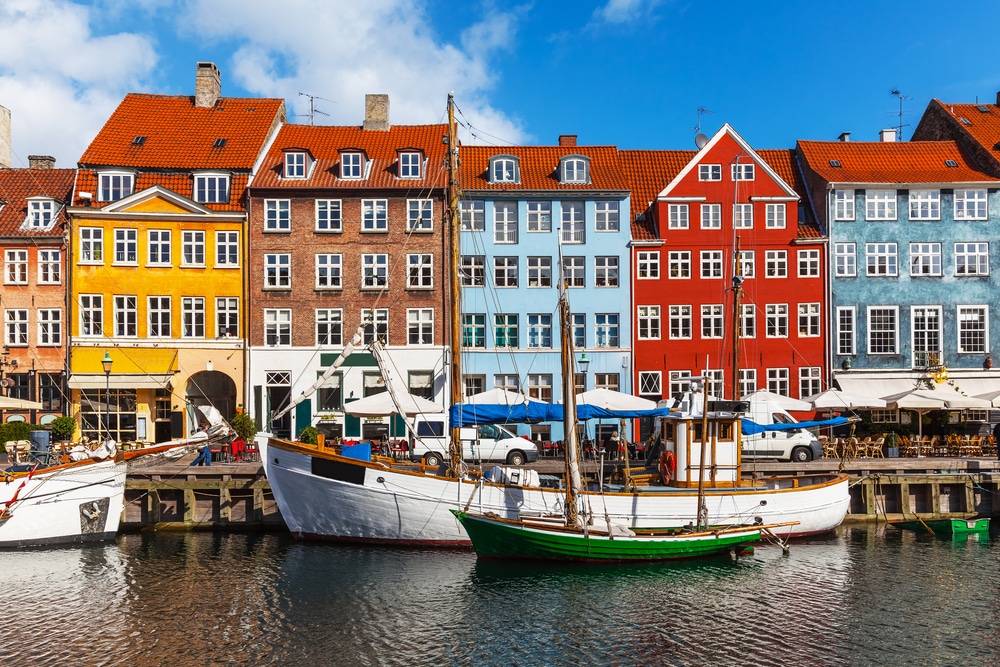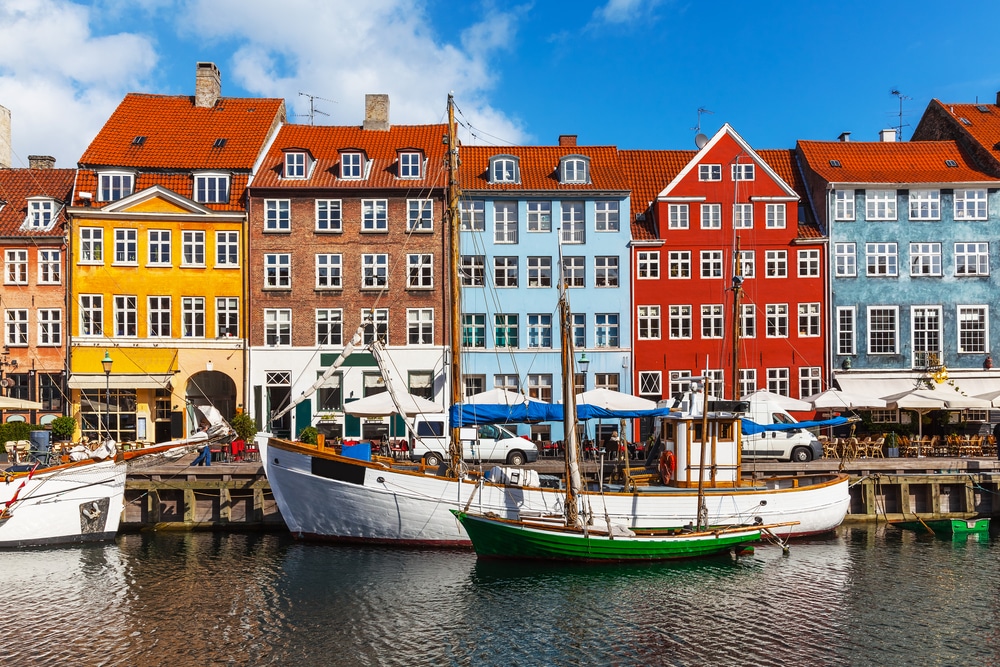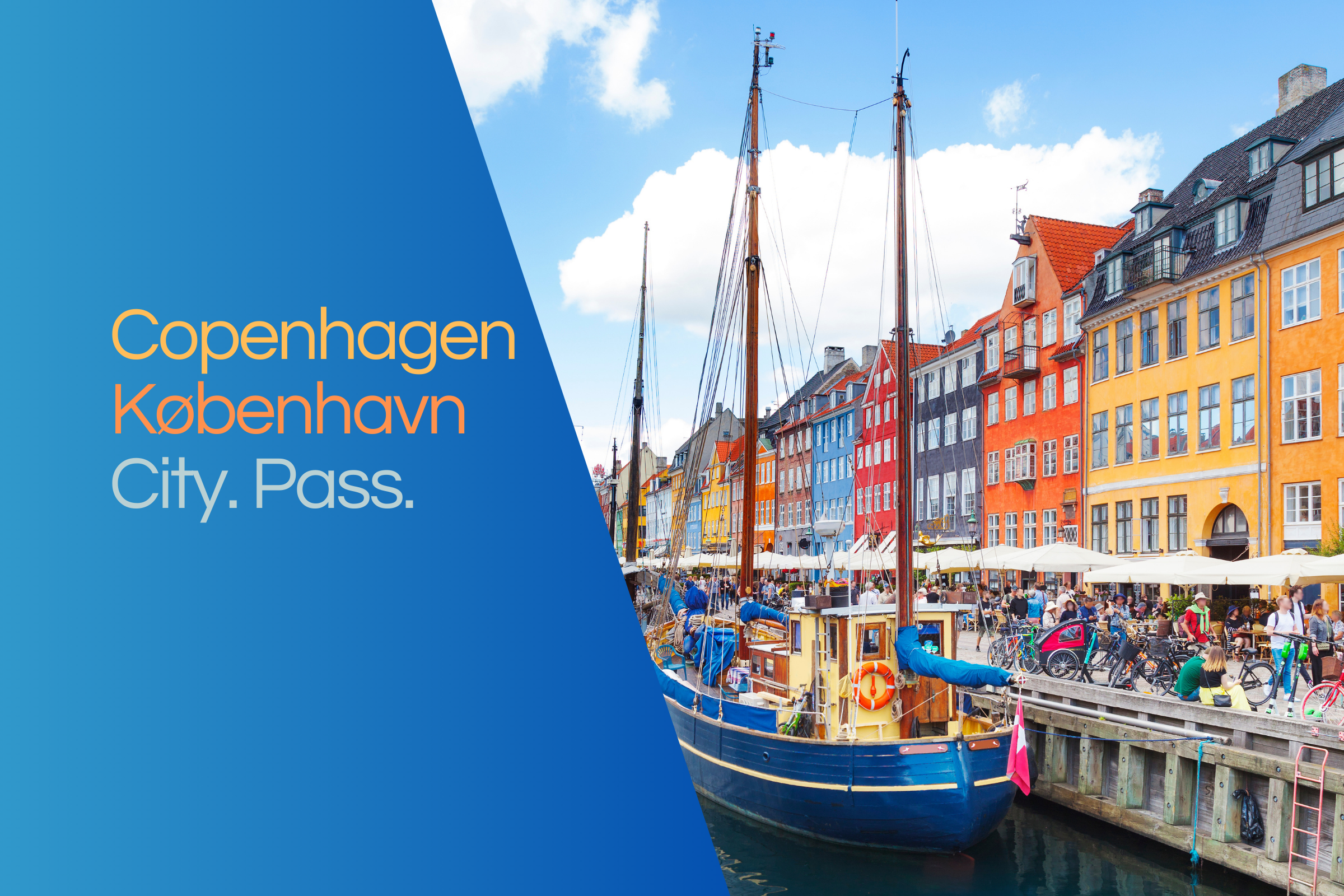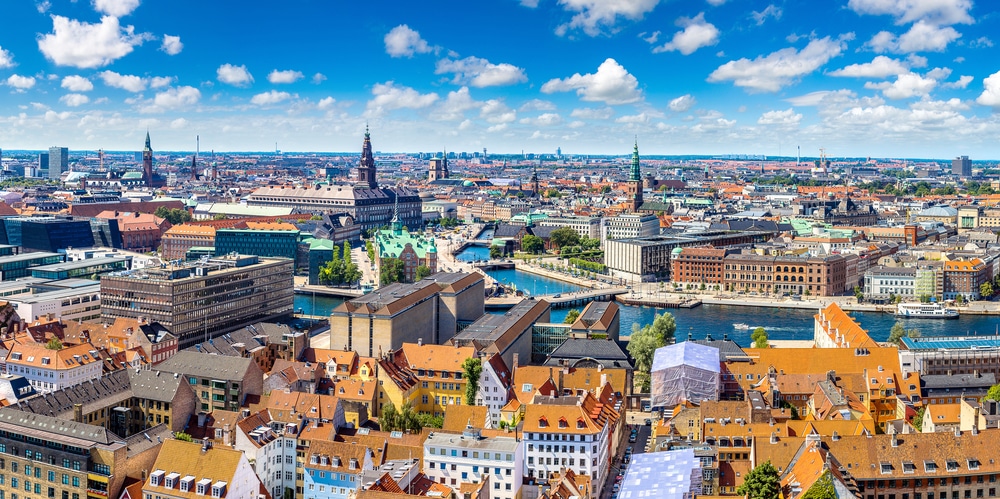- Home ›
- Denmark ›
- Copenhagen
Gråbrødretorv
The Copenhagen square Gråbrødretorv is located in the middle of the old town of the Danish metropolis and borders on the pedestrian zone Strøget. It takes its name from the Franciscan monastery founded on this site in 1238.
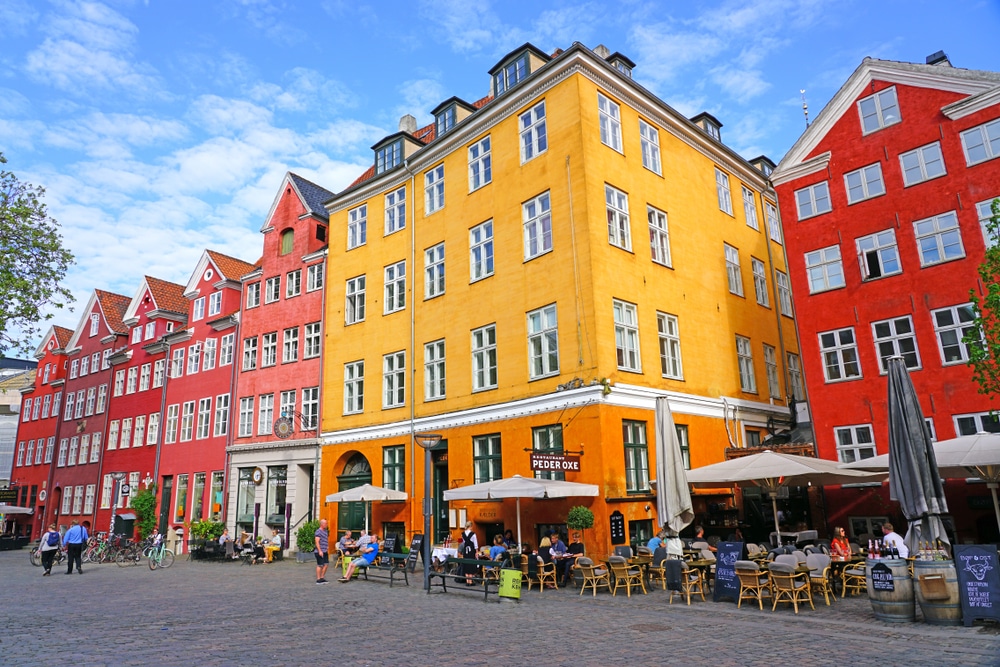
The monastery was dissolved in 1530, the church tower remained until 1596. In the large cellars of the monastery and later also in the church, the city prison was later housed, and from 1621 an orphanage was built here under Christian IV. From this time onwards, the church regained its original function as a place of worship.
Building development of Gråbrødretorv
Around 1650, the Danish politician Corfitz Ulfeldt built on the square, which was then called Ulfeldts Plads. In 1663 Ulfeldt was removed from office and his buildings on Gråbrødretorv were demolished, and a "pillar of shame" was erected on the square instead. In a fire in 1728 the remaining buildings on Gråbrødretorv were destroyed, rebuilt, destroyed again by the British bombardment in 1807 and rebuilt again. In 1852 a market building for 20 butchers was built on the square, which stood there until 1901. There were underground garages around the square until 1968, when it became car-free with the extension of the Strøget pedestrian zone. The students of the University of Copenhagen enlivened and enlivened it until today, sometimes it was also overcrowded. Today it is considered a comparatively quiet place in Copenhagen.
Gråbrødretorv: Location
The square is somewhat hidden, connected to Amagertorv and Skindergade by Niels Hemmingsensgade, to the eastern Købmagergade by Løvstræde and to the western Klosterstræde by Gråbrødrestræde. At 3,510 m², the square is not overly large either. It is characterised by colourful house facades, and a large plane tree dominates the centre. Not far from it is a granite fountain by the architect Søren Georg Jensen, which was inaugurated in 1971. The square is home to many restaurants that serve outside in the summer, and it also hosts small outdoor concerts by, for example, the Copenhagen Jazz Festival.
Remarkable buildings on Gråbrødretorv
The houses on the south side of Gråbrødretorv were built after the fire disaster of 1728, those on the west side after the British bombardment of 1807. House no. 8 used to house the pupils of St. Peter's School, which later moved to Larslejsstræde and is still located there today.
